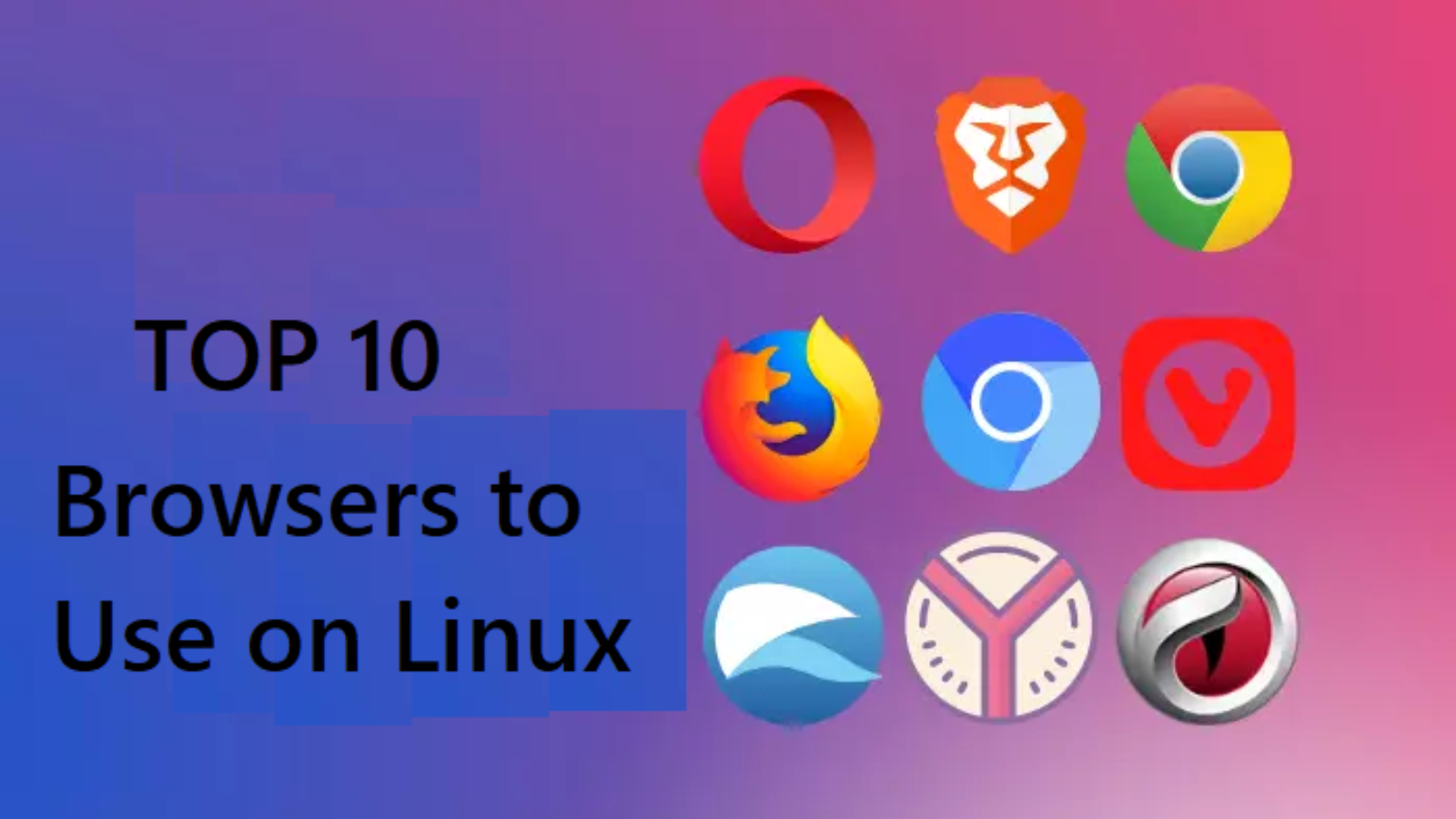Linux is a great operating system for those who want to use powerful and flexible software. It’s also a good choice if you’re looking for something that will run well on older hardware. Here are some of our favorite browsers to use on Linux, including their pros, cons.
- Firefox
With over 1 billion users, Firefox is one of the most popular web browsers available today. The browser is coded in C++, Javascript, C, CSS, XUL, and XBL, and uses Gecko as its main web engine.
Pros: It’s an open-source browser, and it offers lots of flexibility. Firefox can be customized with extensions to provide more security for users. Add-ons such as tabbed browsing, spell checking, and VPN can all enhance your browsing experience.
Cons: Firefox can struggle with HTML 5 a bit, so make sure you have a recent version installed. Major system upgrades can also cause problems for user experience.
- Chrome
Chrome, or Google Chrome, is one of the most popular browsers available for Linux. This fast, stable, and secure web browser is written in C++ and has all the features you’d expect from a modern browser.
Pros: Since Google owns it, Chrome can be integrated with other Google services like Gmail, Google Drive, and Google Docs. You can customize the appearance of your tabs and add bookmarks to customize your experience.
Cons: It’s not open-source, making it harder to inspect the code.
- Microsoft Edge
Microsoft’s Internet Explorer was once a dominant force in the world of browsing, but its days have long since passed. Microsoft Edge is a new browser built to compete against other browsers, offering similar functionality.
Pros: It has an easy user interface that doesn’t require much training. You can also mark pages and use the reading list mode to easily save articles and websites you want to read later.
Cons: It’s a relatively new browser, so you may not find many third-party extensions available yet.
- Chromium
Chromium is an open-source version of Chrome that allows users to view and modify the source code. It’s mainly written in C++ and serves as an alternative version of Google Chrome for users.
Pros: It’s based on the same technology used in Chrome, so it’s pretty intuitive if you want to use the same Chrome experience on Linux.
Cons: Chromium can be prone to bugs, affecting its performance. It also takes a lot of memory on your computer.
- Brave Browser
Brave is another popular option among Linux users. It uses Chromium as a base but adds privacy-oriented features such as ad-blocking and tracking protection.
Pros: Ad blocking is one of Brave’s most useful features, and users can even get rewards when blocking websites.
Cons: Brave lacks add-ons, extensions, and customization options, so users may find themselves limited in what they can do with the browser.
- Vivaldi Browser
Vivaldi is a fast and feature-rich browser. Many Linux users prefer using Vivaldi because of its simple interface that’s similar to Opera.
Pros: It offers a variety of features, such as calendar and email integration, a customizable interface, and unique tab management. The browser’s color pattern can even change depending on the website you visit.
Cons: Some users have reported issues with performance since it can consume too many system resources.
- Tor Browser
The Tor Browser enables users to browse the internet anonymously while protecting their privacy. It encrypts each page request individually to make sure no information about the user is sent back to the website they visit.
Pros: Many people prefer the Tor Browser because it protects them from online tracking and censorship. If you’re concerned about surveillance, this browser may provide the best protection.
Cons: Since this browser bounces your connection off of different nodes, it can slow down browsing speed.
- Waterfox
Waterfox is a browser based on Mozilla Firefox’s source code. It’s a 64-bit web browser, which means it can offer several advantages over 32-bit browsers.
Pros: It offers a lot of customization options by allowing you to modify the internal CSS and JavaScript. The browser also has a similar interface as Firefox, so you’ll find yourself quickly adapting to it.
Cons: Some users report experiencing errors while using Waterfox. In addition, since it’s only for 64-bit systems, it’s not compatible with older computers.
- Basilisk
Basilisk is an open-source XUL-based web browser. It’s based on Mozilla Firefox, so Basilisk’s interface and features are similar to Firefox.
Pros: It’s open-source, which means you have more control over what happens in the browser. Basilisk also supports Firefox’s classic add-ons.
Cons: Basilisk is still mostly in its beta stages, so you might encounter bugs. Some websites may not work on the browser either.
- Falkon Browser
Falkon provides Linux OS users with different features that they need in a good browser. It’s a KDE browser that’s built using the QtWebEngine rendering engine.
Pros: Its interface is clean and easy to navigate. Falkon supports extensions, allowing you to modify settings right away. The built-in ad blocker helps keep track of ads while browsing online.
Cons: It can lack support for more modern websites, so users may experience problems accessing them.
The Bottom Line
A browser is one of the most important tools for developers, remote workers, or simply anyone who uses the internet. If you’re using the Linux OS, the browsers mentioned above are just some of the many options available to you. While there are many other options available, these ten are among the top choices for developers who want a fast, efficient, and reliable tool.

